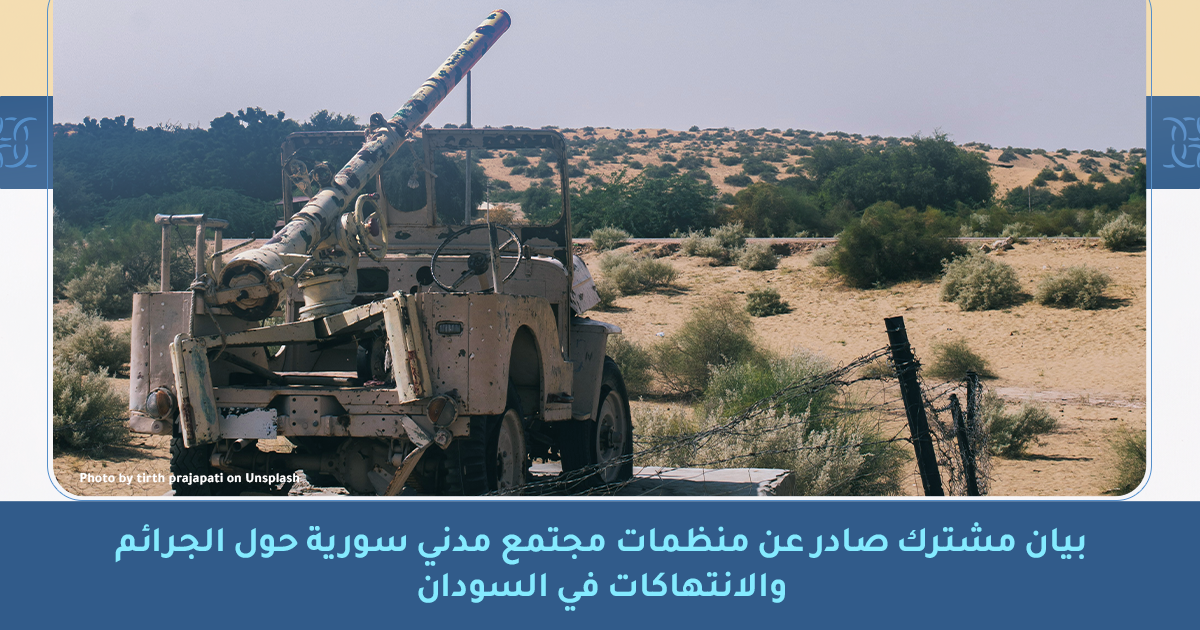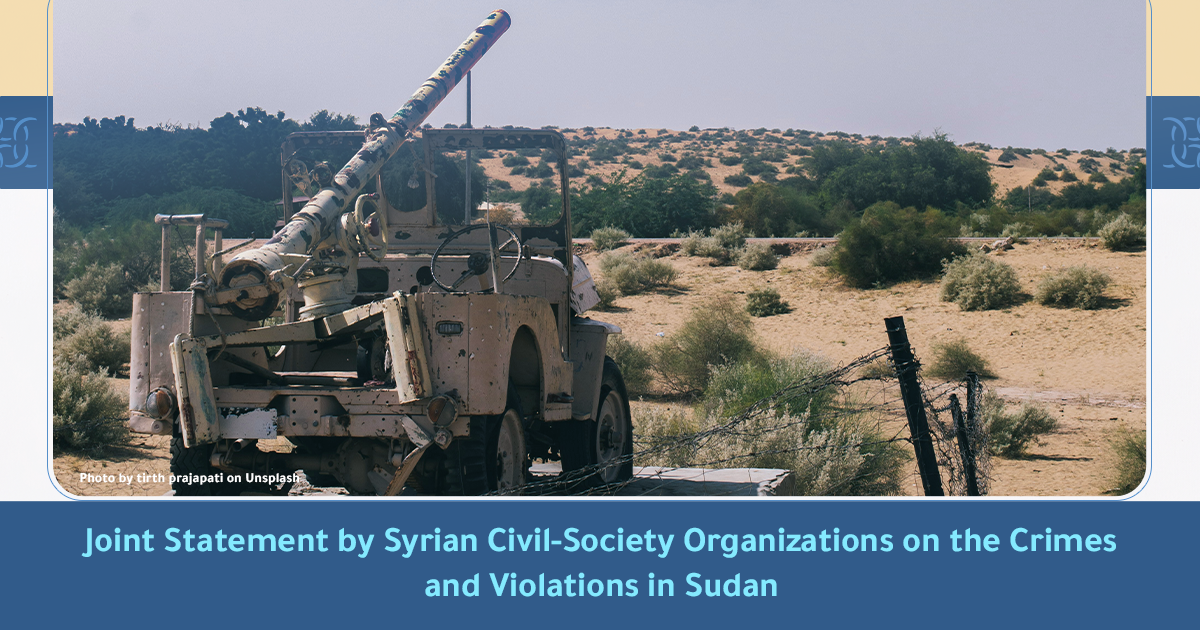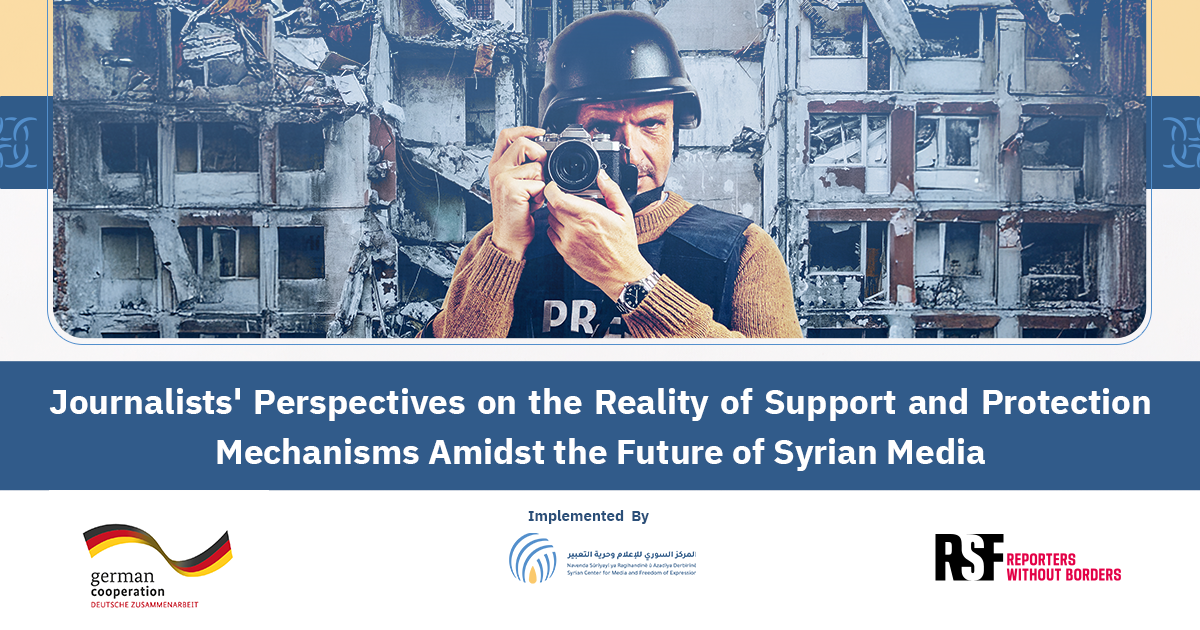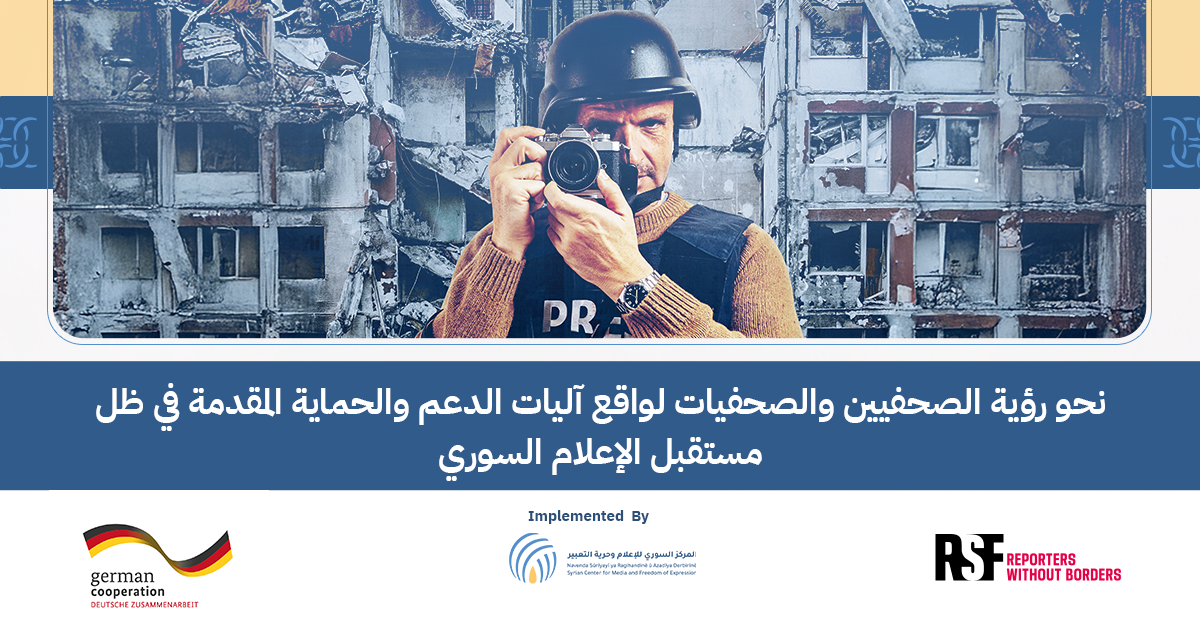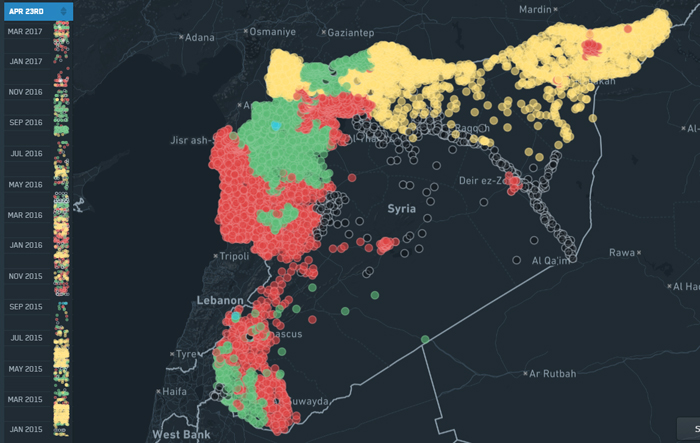
- by: Sam Berkhead
It has been more than five years since conflict first broke out in Syria. In that time, more hours of footage have been produced of the conflict than there have been hours of the conflict itself.
With such a high volume of video footage available, how can journalists sift through this content to find out what’s really taking place on the ground?
A newly created tool called Montage allows journalists, human rights groups and more to do just that, collaboratively analyzing and verifying conflict footage in order to accurately relay this information to the public. Users can search for YouTube content by location and time, tag the videos according to specific people, places or things, and collaboratively analyze that information to find out the truth behind the footage.
The Carter Center has used the tool to produce this map of the Syrian conflict, an interactive visualization of how the conflict has evolved over the years.
Using data from Montage to analyze video footage from the conflict, the map is able to relay information in real time, providing journalists and humanitarian workers with an essential resource. Montage data has also allowed the Center to produce maps that show Russian airstrikes’ efficacy, the Assad government’s resurgence and ISIS troop movements.
“Montage helps our team analyze days of video content by enabling collaboration,” the Center said in a statement. “It allows us to focus our attention on analysis as opposed to data collection.”
Jigsaw, Montage’s creator, explained that the tool is inspired by Bellingcat founder Eliot Higgins, who became known for scouring through YouTube footage of the Syrian civil war to investigate specific attacks, chemical weapon allegations and movements of troops.
To get started with Montage, users connect the tool to a Google account. From there, you can create a project, search for videos to add to the project and share your work with collaborators.
Montage, now part of Storyful, is currently in beta. It plans to make its data open source and publicly available in the near future.
Main image is a screenshot of “Tracking the Front Lines in Syria,” produced by The Carter Center.
Source: International Journalists’ Network


